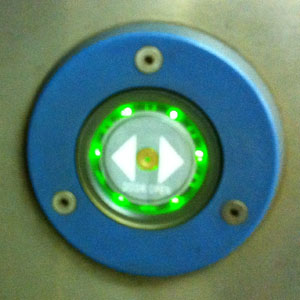Back in the 1970’s a young man with the moniker “Evan Doorbell” had the foresight to recognize that the era of electromechanical telephony would soon be coming to an end. All of the rich, beautiful, analog sounds that the old network made would disappear forever. The interesting peculiarities that made each local central office sound unique would be replaced with boring uniformity as switching became electronic and subsequently digitized.
Before that happened, Evan made what he called “Phone Trips”, where he’d travel to various communities all around the nation and make recordings of what it sounded like to make phone calls from different places. When making his recordings, he’d “play with the phone” so as make the equipment do funky things that also demonstrates how it all worked.
If you enjoy any of the sampled telephone sounds featured on ElmerCat.org I encourage you to visit Evan’s PhoneTrips.com site and listen to him tell the full stories. You may share anything posted here, but please respect Evan’s wishes by doing so freely to anyone, without charge.
Samplings of Vintage Sounds
Over the years, I’ve taken hundreds of very short samplings from Evan Doorbell’s library at PhoneTrips.com. Most are just a second or two in length and feature a single, isolated telephone sound; such as a burst of busy or ringback tone, an electromechanical signaling or switching noise, or the voice of an operator or recorded announcement uttering a brief quip
I imported all the individual sounds into iTunes, organized them into Playlists, and then use the iTunes DJ feature to play them in a completely random order. The result is a lovely texture of telephone sounds that can play for hours upon end, yet will never repeat the same way twice.
Additionally, the current version of the iTunes Visualizer creates spectacular displays from telephone sounds. It’s hard to describe how beautiful they look! A video I made doesn’t begin to do it justice, you really need to watch the Visualizer in real-time to appreciate the effect. However, this will give you an idea of how it works:
